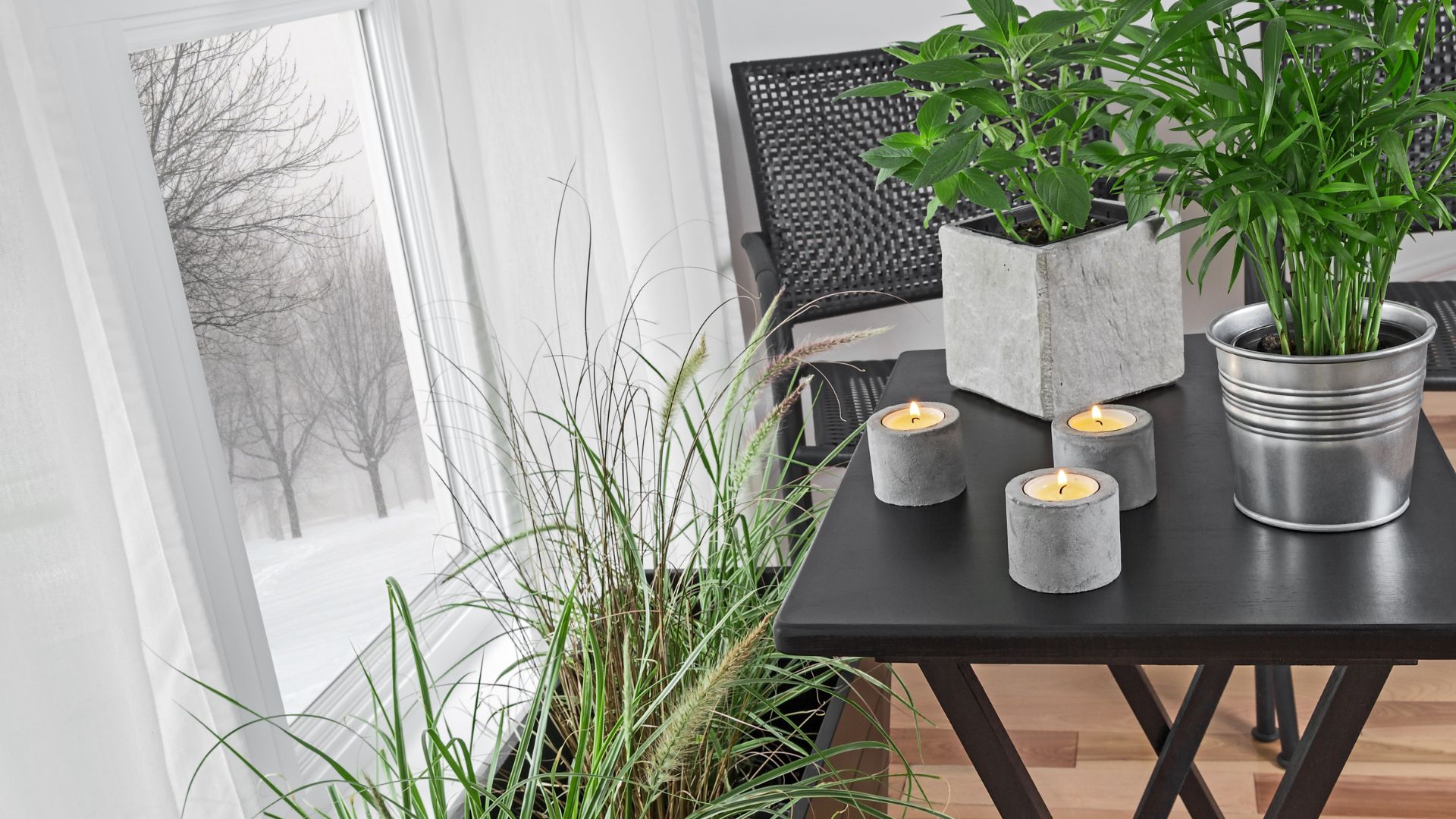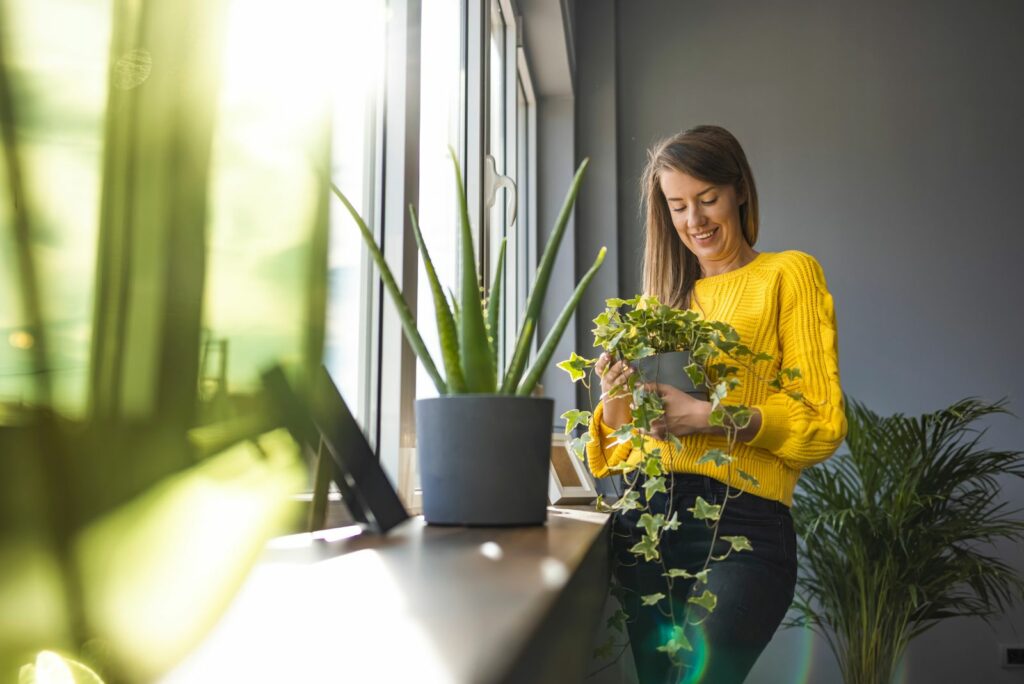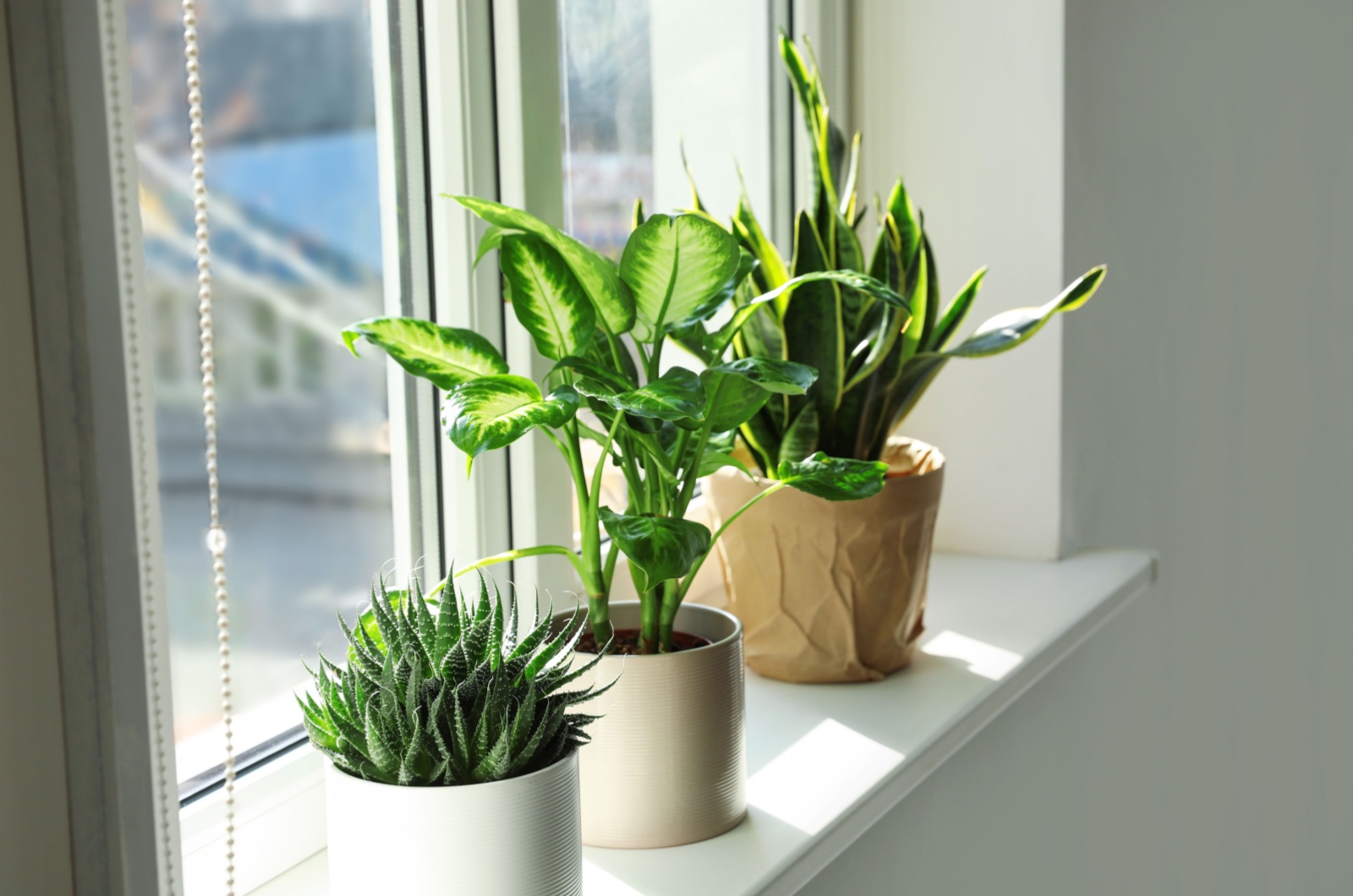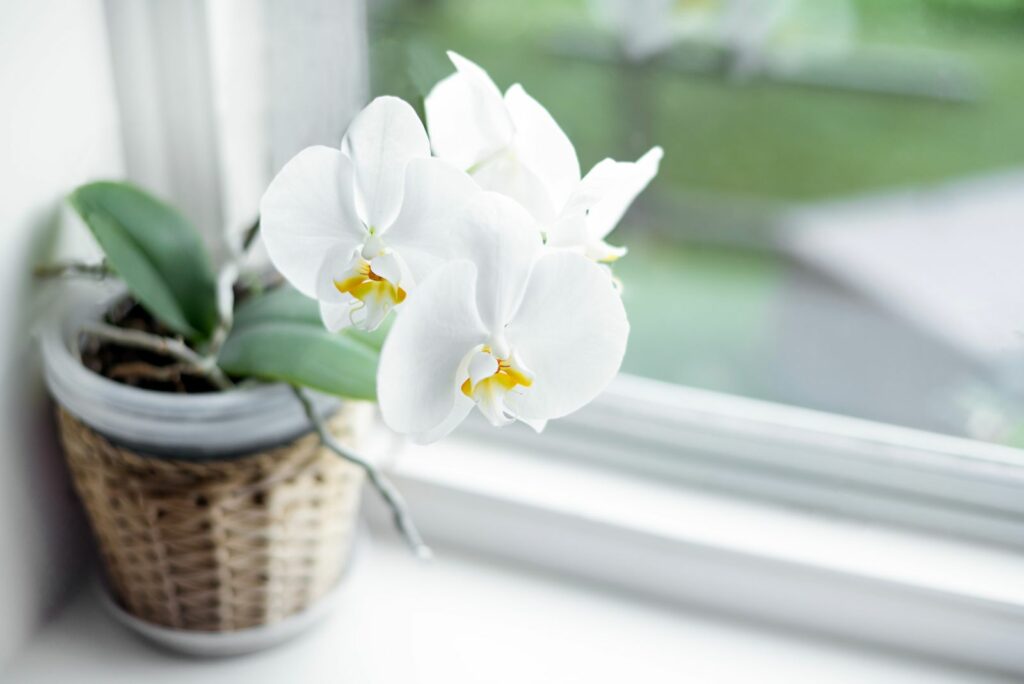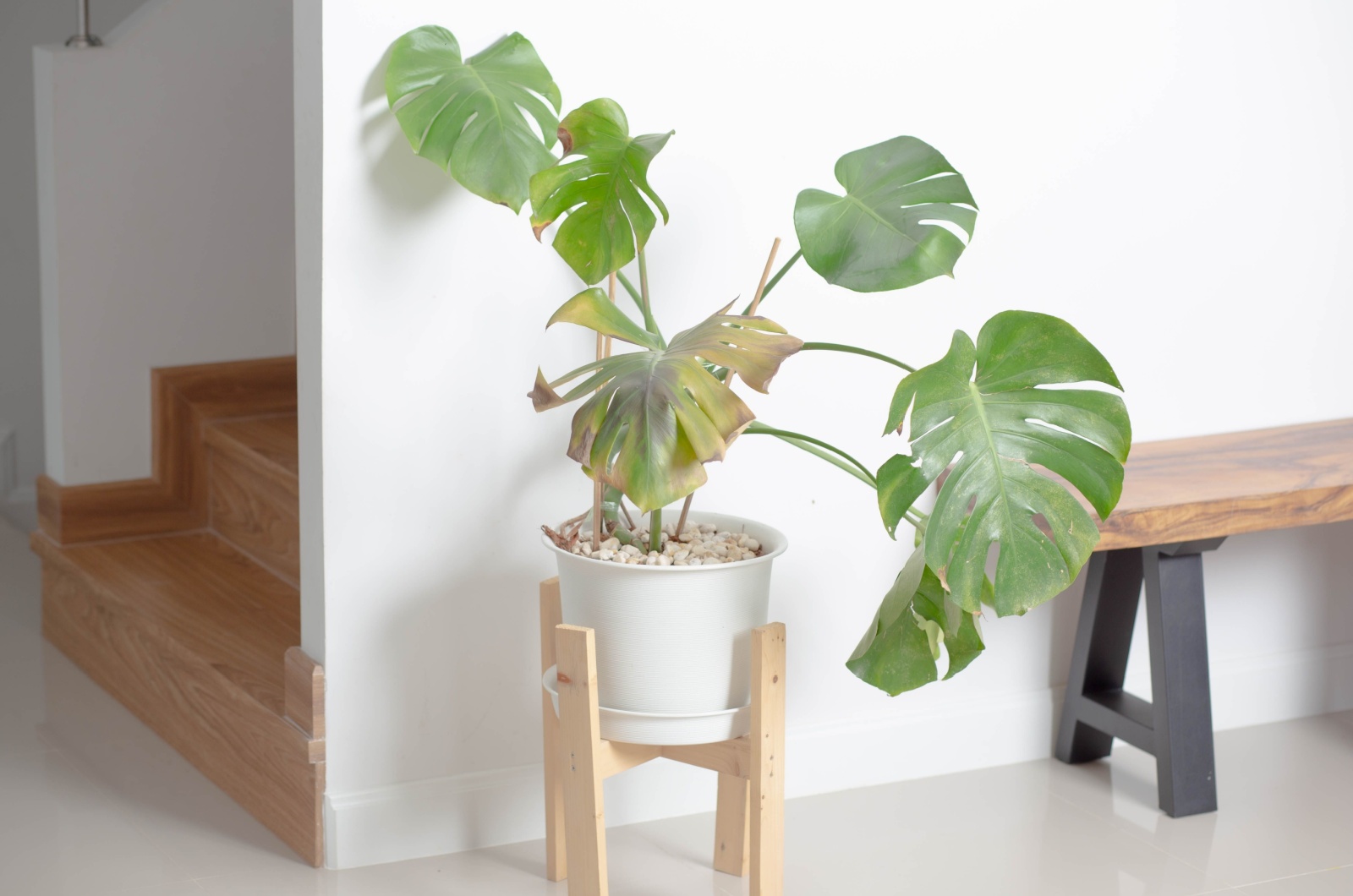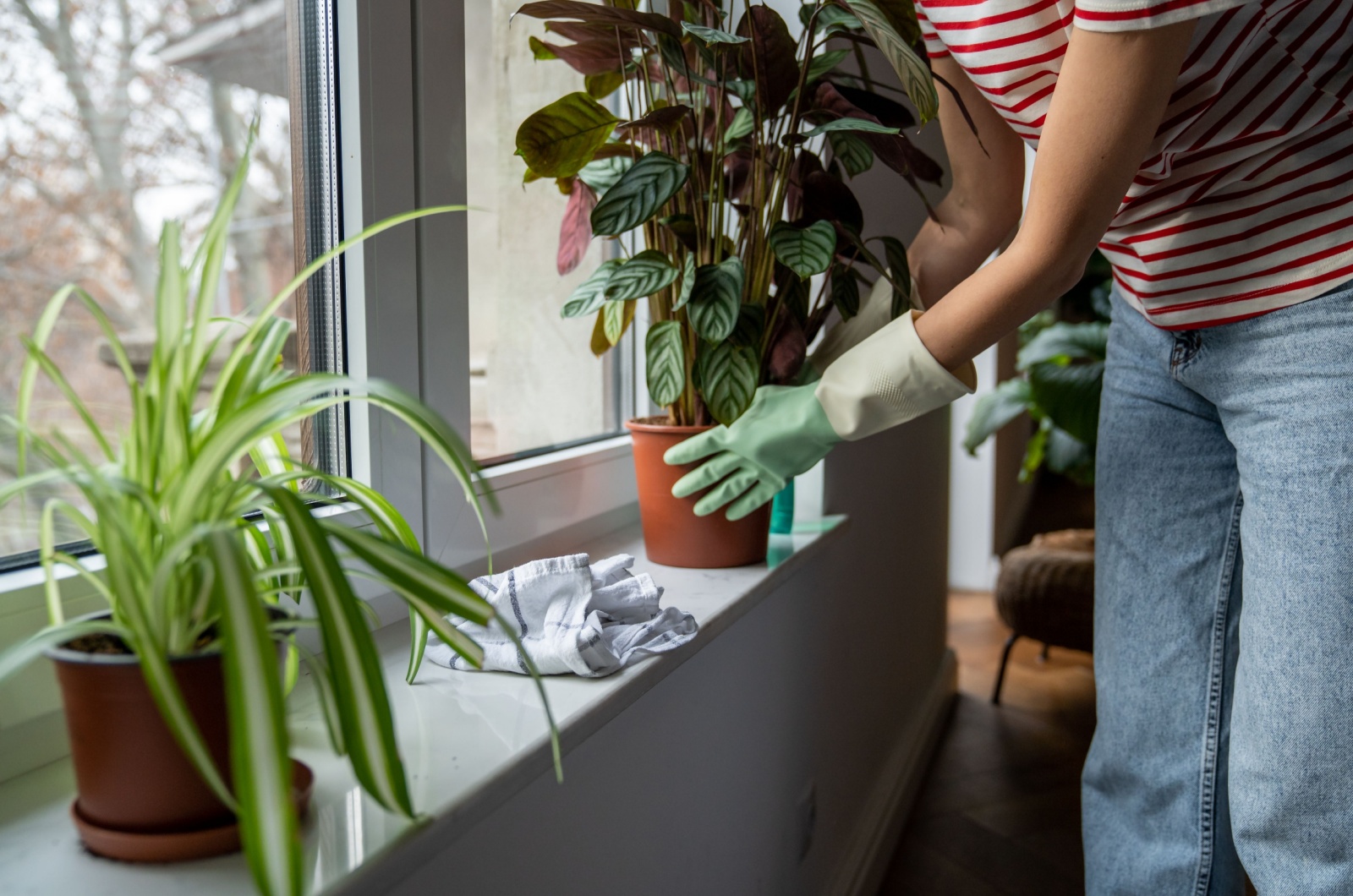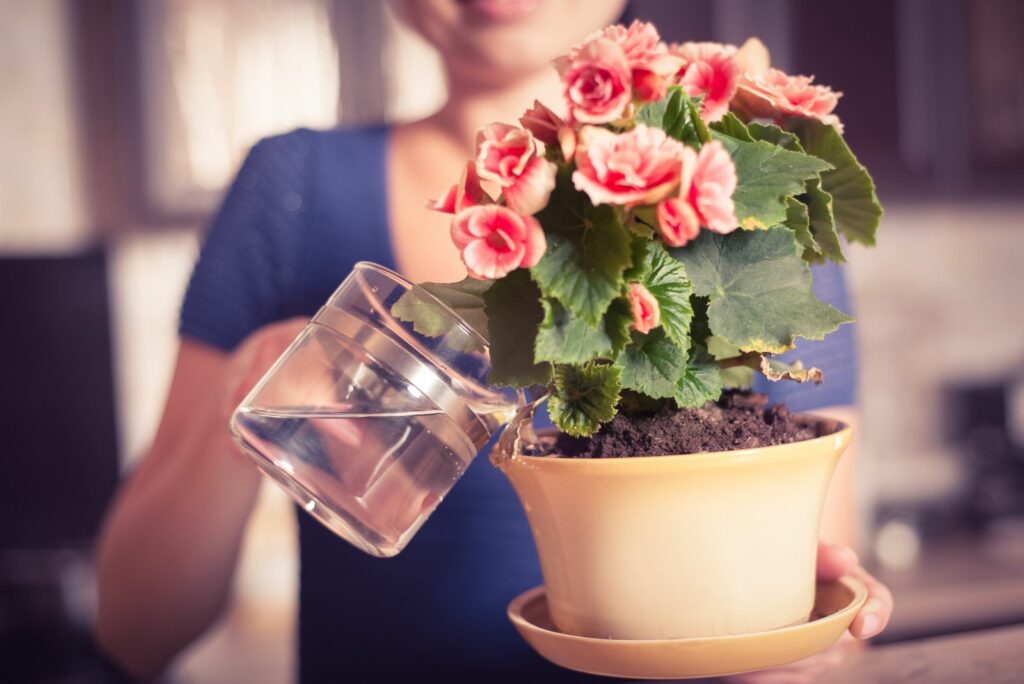Winter is coming and it’s time to bring our precious little plants indoors – you don’t want to leave them out there in the cold!
But, before you just put them inside and call it a day, there are some common mistakes that can cause chaos… not only for those outdoor plants but also for your indoor beauties. Your houseplants might be thriving all this time, but as soon as the weather gets chilly, they might start acting up.
Stick around and I’ll share the most frequent missteps (yep, I’ve made some of these!) and tips to avoid them. After all, winter is long enough without your plants throwing tantrums indoors!
Avoid Overwatering Your Plants
With less sunlight indoors, your plants don’t get as thirsty (surprise!). That’s where things can go wrong.
Overwatering is a classic plant-parent mistake (we’ve all been guilty). I would suggest you to
always check the soil before grabbing that watering can.
If the soil is still moist, then you might want to postpone watering for a couple of days. Then come back and check again – if it’s dry, you are good to go!
You might be interested in: Is Tap Water Safe for Your Indoor Plants? Uncover The Facts Before Watering Your Plants Again
Don’t Wait Too Long To Bring Them In
Timing is everything when it comes to moving your plants indoors.
Waiting too long can seriously stress out your plants or worse, the cold might damage them to the point of no return.
When nighttime temps drop to around 50°F, it’s time to give your houseplants a nice and comfy spot indoors. Of course, there are some exceptions – tropical plants need a head start, while tougher ones like bromeliads can brave the cold a bit longer.
Moving Them Around Is Never A Good Idea
Plants (just like us) need time to settle into their new digs.
Every time you move them, they have to adjust all over again, which drains their energy. This constant adjustment can leave your plants weak, more prone to disease, pests, or even complete deterioration.
So, once you’ve found the perfect sunny spot for your plant, leave it there. The less you move it, the happier (and healthier) it’ll be!
Related: These Are The 10 Plants You Should Move Indoors At The End Of Summer To Save Them From Disaster
But Keeping Them In The Wrong Spot Might Be Even Worse
When moving your plants indoors, location and light are crucial.
Any plant that thrives in full sun outdoors will need a bright spot inside, preferably near a south or west-facing window. I know that every house is different, so find the best sunny corner for your plant babies to keep them glowing all winter long!
Related: 10 Hints Your Precious Plants Are Begging For More Sunlight
Don’t Forget To Check For Pests
When your plants were growing in the great outdoors, they might have picked up a few hitchhikers such as aphids, spider mites, or mealybugs. Yikes!
Before bringing them indoors, it’s a good idea to give each plant a thorough inspection for pests, including eggs that might be hiding on the leaves. If you spot any creepy crawlers, grab some insecticidal soap and give your plants a good spray.
Start this check about a month before moving them inside so you have time to get rid of any infestations that could damage your plants.
Related: Try These 5 Organic Ideas That Will Make Your Garden Pest-Free
Humidity Needs Shouldn’t Be Neglected
Indoor air can get super dry, especially with all the heaters running during winter. That’s bad news for plants that love humidity – like these tropical beauties, for instance.
I would suggest using a humidity tray or placing those moisture-loving plants in naturally humid spots, like your bathroom. This way, your plants get their tropical fix, and you get a little indoor jungle vibe while you shower!
Most of these might seem like silly mistakes, but they can seriously damage your plants. So, plan ahead, work smart, and give them exactly what they need to grow and thrive!
Related: Discover If Pebble Trays Really Work For Humidity And If There Are Other Better Options

